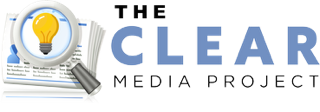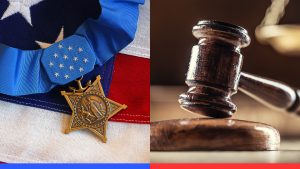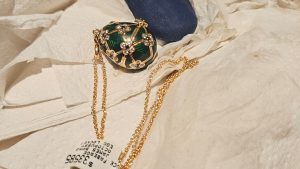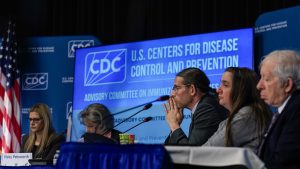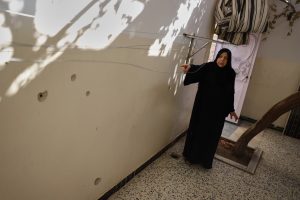Starbucks says service is getting faster due to new technology
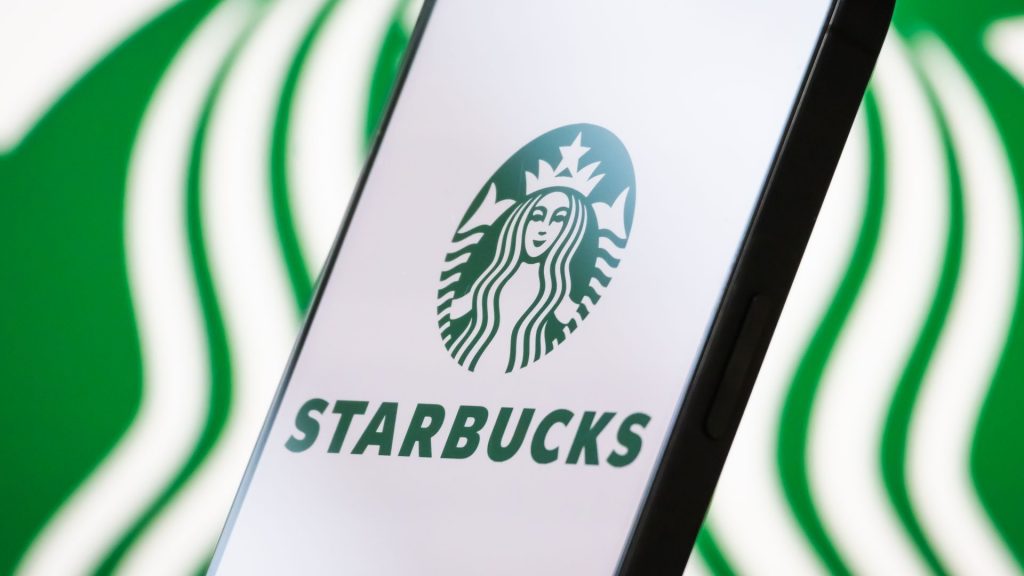
Starbucks is crediting a new algorithm to lead to faster service. The push for quicker service comes after CEO Brian Nichol took over last fall and determined that speed at Starbucks coffee shops must be faster.
How much time are they saving?
The Wall Street Journal reports that a technology pilot project at dozens of Starbucks locations has knocked off two minutes from the average time it takes to make a beverage that a customer orders at the store. In addition, the same test resulted in about 75% of orders getting filled in four minutes or less.
The company, which has roughly 10,000 stores in the U.S., is pleased with the initial results. Starbucks Chief Technology Officer Deb Hall Lefevre told the publication that the rollout has been great.
“We’ve seen such positive benefits from it that the rollout is happening very quickly,” she said.
How is Starbucks doing financially recently?
Starbucks has suffered from five straight quarterly declines in what are called same-store sales. The Journal says that’s in large part due to customers being unhappy with the price and waiting in line.
In fact, on Tuesday, April 29, Starbucks reported that second-quarter same-store sales fell by 2% in the U.S.
CEO Nichol says data from this year shows that about half of in-store orders took longer than four minutes to make and orders from the app averaged about six minutes.
What is the process of filling orders?
Currently, baristas fill orders on a first-come, first-served basis. However, the algorithm, credited with accelerating the process, will soon determine the sequencing of orders when it comes to handling customers at the counter, drive-through window and app orders.
The Journal reports that Starbucks brought in six engineers, who helped build the scheduling algorithm. It says the coffee giant is now experimenting with how to pinpoint pickup times accurately for orders that come in on the app.
What’s next in the effort to improve efficiency?
In addition, Baristas are getting training on how to handle app orders more efficiently. The goal is to keep drinks from sitting on the counter for lengthy periods.
Also on the employment side of the equation, Starbucks is testing a program in 700 of its stores with the goal of having the proper number of workers, based on demand.
